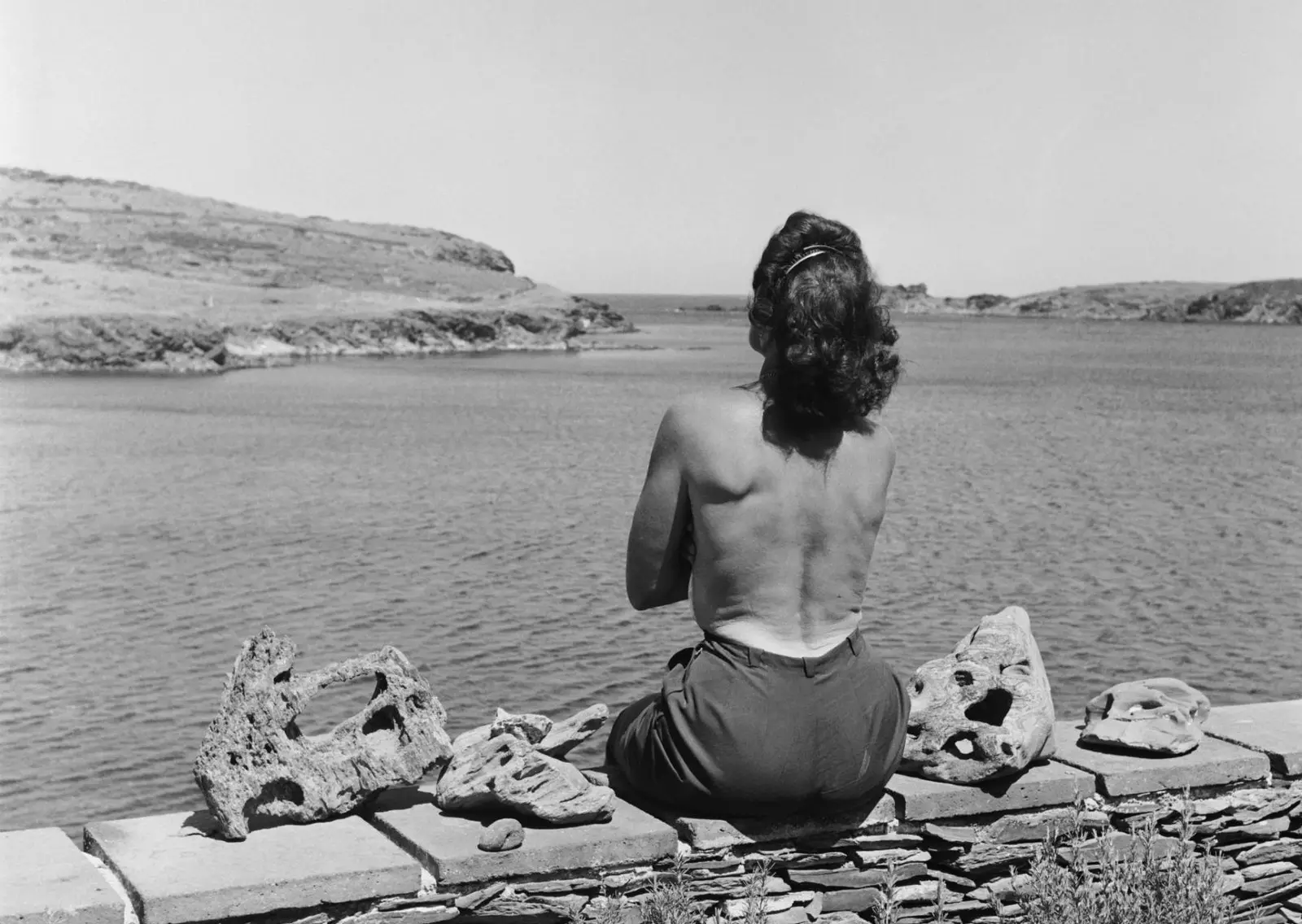
Gala, the muse or the artist?
For the first time an international exhibition aims to unravel who was Gala? muse, artist, indispensable character of contemporary art of the 20th century and... a great unknown?
The Gala-Salvador Dalí Foundation and the National Museum of Art of Catalonia in Barcelona open these questions in the sample ' Salvador Dali Gala , open to the public from July 6 to October 14.
In an unprecedented way, 40 works can be seen here, mainly from the Gala-Salvador Dalí Foundation, but also from private collections and international museums such as the Dalí Museum in Saint Petersburg , the Haggerty Museum of Art of Milwaukee or the Georges Pompidou Art Center in Paris, among others.
The exhibition reveals, through 315 paintings, drawings, photographs, etc., the changes in Gala's image through her different performances, reflected by the brushes of Salvador Dali ; and it also allows to follow the evolution of the painter thanks to an important set of oil paintings and drawings.
In addition, a set of letters, postcards and books, dresses and objects from Gala's personal dresser are on display for the first time. And next to the oils and dali drawings , a selection of works by other artists who gravitated in the surreal universe , especially around Gala, like Max Ernst, picasso , Man Ray, Cecil Beaton or Brassaï.
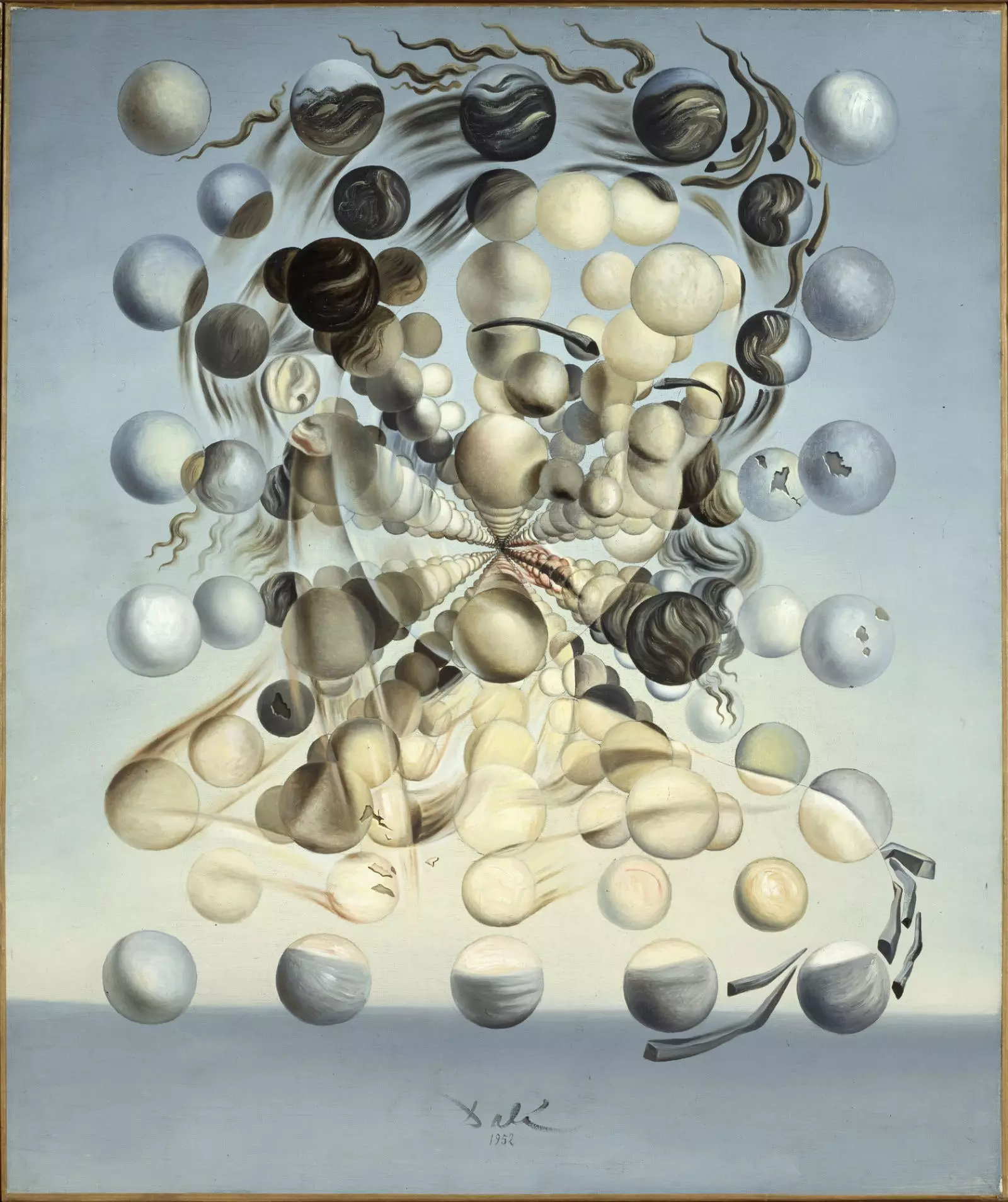
Salvador Dali. Gala Placidia. Galatea of the spheres, 1952 © Salvador Dalí, Fundació Gala-Salvador Dalí, VEGAP, Barcelona, 2018
WHO WAS GALA?
Helena Dmitrievna Diakonova, Gala, (Kazán, 1894 - Portlligat, 1982) was one of the most emblematic characters of the 20th century avant-garde . She met Dalí in 1929 and never separated from him again, but she had previously married and had been a mother with the poet Paul Eluard , whom she helped on his way to success. Just as she would later do with Dalí, it is therefore difficult to conceive of her only as a muse , because as the exhibition tries to explain, she was a key and powerful piece in the path of both couples towards their professional and artistic success.
The exhibition reveals a Gala who camouflages herself as a muse while building her own path as an artist: she writes, performs surreal objects and decides how she wants to present herself and represent herself, in addition to becoming essential in Dalí's artistic development, with whom she forms a third character that the painter himself admits in a double signature: Gala Salvador Dali.
Never before has there been an international proposal for a exhibition dedicated to Gala , partly due to preconceptions regarding his person and, partly, due to the extreme fragility of many of the essential pieces to reconstruct his portrait.
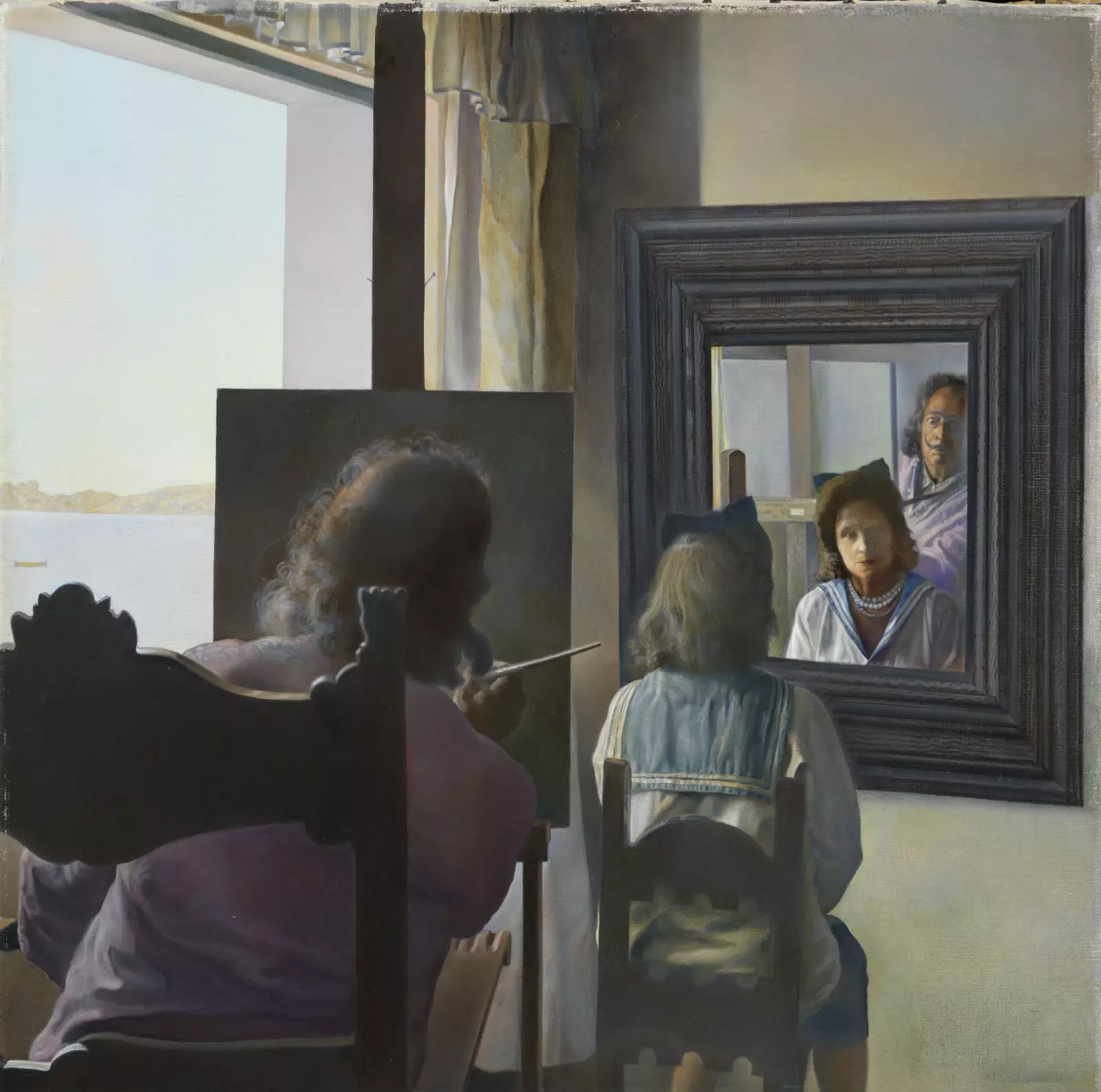
Salvador Dali. Dalí from the back painting Gala from the back immortalized by six virtual corneas provisionally reflected in six real mirrors, 1972-1973. Gala-Salvador Dalí Foundation, Figueres.
PÚBOL: A QUEEN, A CASTLE
Dalí gives Gala the Castle of Púbol in Girona, as a sign of her love, because she wanted her own space where she could feel like a queen and develop her artistic potential, away from the hustle and bustle of Portlligat, Dali's house.
In 1971, through an extensive photographic report of Marc Lacroix on the vogue magazine , showed the world the Pubol Castle . Dalí himself presented it as a gift of “courtly love” to his wife. And what did this mean? Dalí could only enter with the invitation of Gala , in honor of this literary concept of the Middle Ages in which love was represented in a chivalric way.
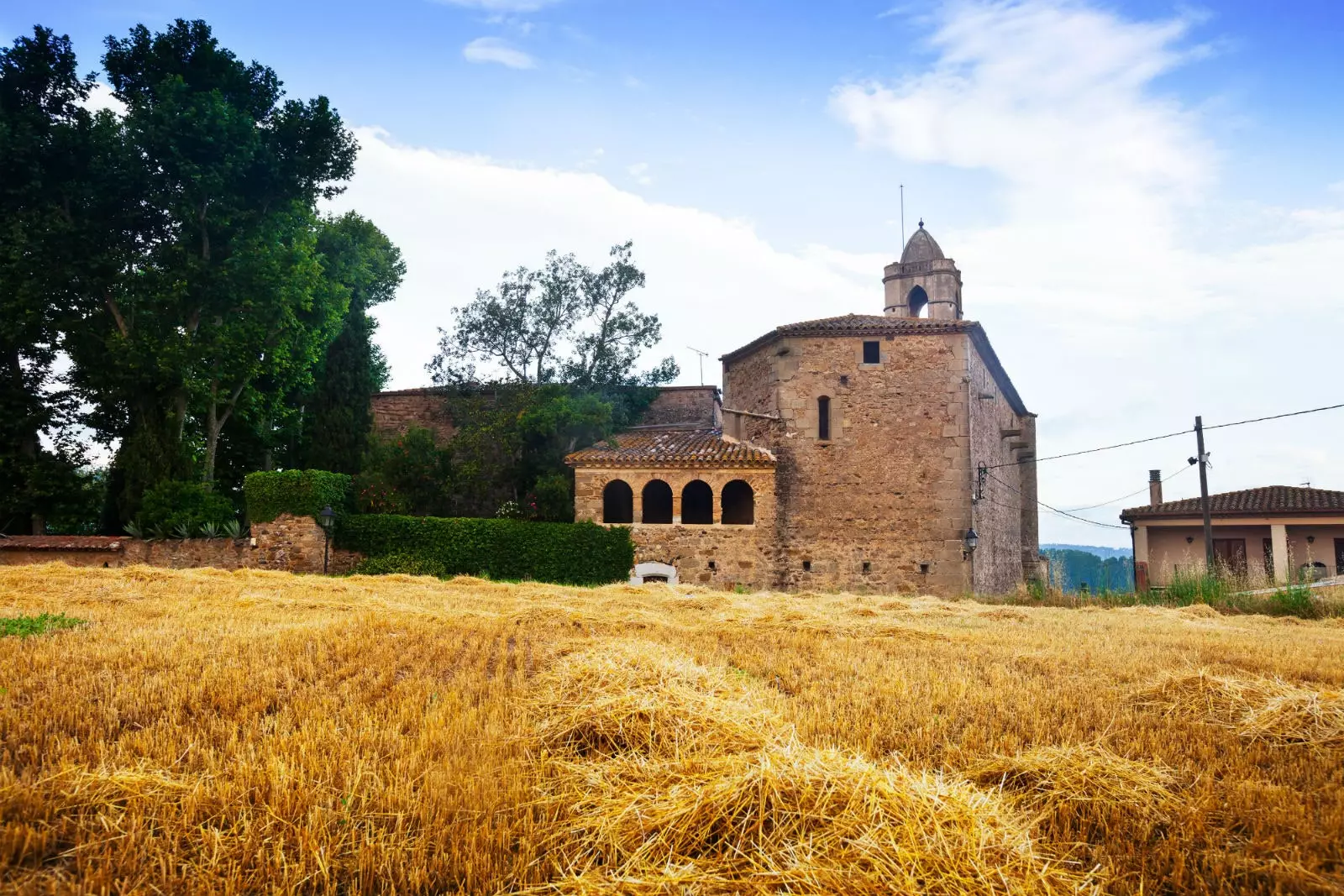
Púbol Castle in Girona.
The Castle, open to the public, is where he spent his last days Dali the painter when his muse died and, although a part was burned, you can see the recreation of his rooms, kitchen, and of course, his works of art. In fact, she was buried right there in his castle.
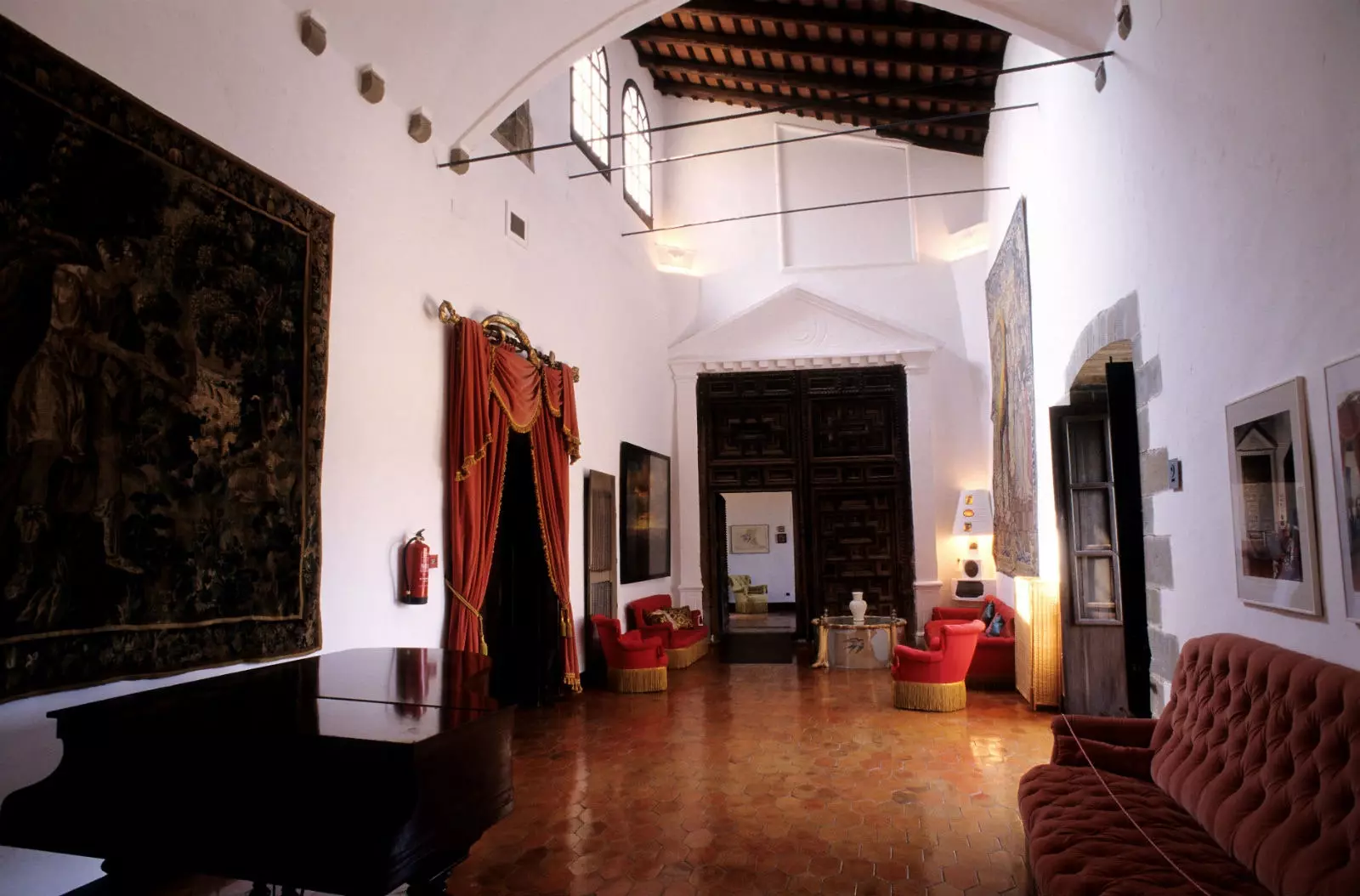
The castle was a gift from Dalí.
